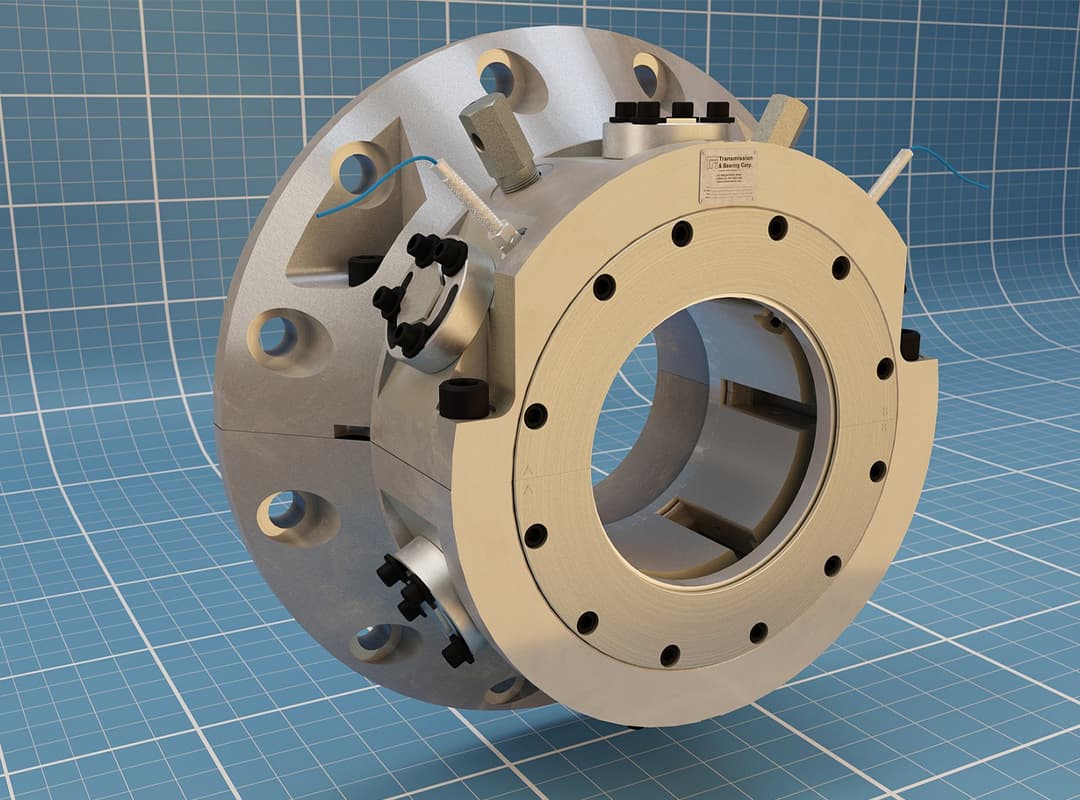The rise of autonomous drones is transforming industries, from logistics and agriculture to defense and infrastructure. One key to the success of these unmanned aerial vehicles (UAVs) is the sophisticated software that drives their autonomy, navigation, and decision-making. However, developing such complex software comes with significant challenges—particularly in ensuring safety, performance, and reliability. This is where simulation plays a crucial role, offering a powerful tool to design, test, and refine drone software before real-world deployment.
The Role of Simulation in Drone Software Development
Simulation in drone software development allows engineers to create virtual environments that mimic real-world conditions. These environments enable the testing of algorithms, navigation systems, and decision-making processes without the risks and costs associated with physical flight tests. By using simulation, developers can test drones in a wide range of scenarios—such as varying weather conditions, complex terrains, and different airspaces—without ever leaving the lab.
Why Simulation is Critical for Drone Software
The complexity of autonomous drones makes simulation an indispensable tool for several reasons:
- Safety Testing: One of the primary concerns with drone software is ensuring that the UAV operates safely, especially in crowded or sensitive environments. Simulations allow developers to rigorously test collision-avoidance systems, ensuring that drones can navigate around obstacles, avoid mid-air collisions, and respond appropriately to unexpected events. This is crucial for reducing the risk of accidents during real-world operations.
- Cost-Efficiency: Physical testing of drones is expensive and time-consuming. Simulations drastically reduce these costs by allowing developers to test a wide variety of flight conditions virtually, from extreme weather to densely populated urban areas. By minimizing the need for real-world tests, simulations help cut development costs and accelerate time to market.
- Scalability: Simulating multiple drones in the same environment can help test swarm behavior, communication, and coordination among UAVs. This is particularly important for large-scale drone applications, such as delivery fleets or surveillance operations. With simulation, developers can ensure that hundreds of drones work seamlessly together without physical space limitations.
- Testing Edge Cases: Simulations make it possible to explore rare or dangerous scenarios that would be difficult or risky to test in the real world. For example, how would a drone react to sudden battery failure, GPS signal loss, or unexpected changes in terrain? By running these edge cases in a simulated environment, developers can identify weaknesses in the software and make improvements before actual deployment.
Key Areas Where Simulation is Used in Drone Development
- Navigation and Path Planning: A major aspect of drone autonomy is the ability to navigate through complex environments without human intervention. Simulation tools allow developers to test path-planning algorithms by creating virtual environments that mimic real-world settings, such as forests, cities, or mountainous regions. These simulations help ensure that the drone can calculate optimal routes while avoiding obstacles and adhering to no-fly zones.
- Sensor Fusion and Data Processing: Drones rely on data from a variety of sensors—such as cameras, LiDAR, GPS, and inertial measurement units (IMUs)—to understand their surroundings and make decisions. Simulations allow engineers to test how well the software integrates data from these sensors, ensuring accurate and reliable situational awareness. By simulating different conditions, such as poor lighting or GPS interference, developers can fine-tune sensor fusion algorithms to perform well in all environments.
- Flight Dynamics and Control: Simulations help developers model the physical behavior of drones, including flight dynamics such as speed, altitude, and orientation. By simulating the drone’s control system, engineers can optimize the software for smooth and stable flight, regardless of environmental conditions. For example, they can test how the drone responds to high winds, turbulence, or sudden changes in altitude.
- Autonomous Decision-Making: One of the most important challenges in drone software development is enabling autonomous decision-making. Simulations are used to test how well the drone can respond to dynamic situations, such as sudden obstacles, changes in its environment, or emergency conditions. Developers can simulate complex scenarios—such as a drone delivering packages in a busy urban setting—and evaluate how effectively the software makes decisions in real-time.
Simulation Tools in Drone Development
There are several simulation platforms widely used in the drone industry to facilitate software development. These platforms provide developers with virtual environments to test their systems, often integrating physics engines, 3D environments, and real-time data processing capabilities. Some of the most popular simulation tools include:
- Gazebo: An open-source 3D simulation platform that supports the testing of drones and robots in realistic environments. Gazebo provides physics-based simulation, making it ideal for testing flight dynamics and sensor integration.
- AirSim: Developed by Microsoft, AirSim is an open-source, cross-platform simulator for drones and autonomous vehicles. It provides realistic environments for testing visual and sensor data, as well as simulating various weather conditions.
- PX4 SITL (Software In The Loop): A widely used tool for testing drone software, PX4 SITL enables developers to test flight code in a virtual environment, ensuring that it behaves as expected before being deployed on physical hardware.
Challenges and Future of Simulation in Drone Development
While simulation has transformed the way drone software is developed, there are still challenges to address:
- Realism: Simulations are only as good as the data and models they are based on. Ensuring that simulations accurately replicate real-world physics, sensor data, and environmental conditions is an ongoing challenge.
- Computational Power: Simulating complex environments and high-fidelity sensor data can be computationally intensive. As drones become more sophisticated, the demand for greater computing power in simulations continues to rise.
Looking ahead, the integration of advanced technologies like artificial intelligence (AI) and machine learning (ML) will further enhance simulation capabilities. AI-driven simulations could dynamically generate more realistic environments, making the software testing process even more robust and efficient.
Simulation is a fundamental part of drone software development, enabling developers to test and refine autonomous systems in safe, cost-effective, and scalable ways. By using virtual environments to simulate complex scenarios, engineers can ensure that drones are well-equipped to handle the challenges they will face in the real world. As simulation technologies continue to evolve, their role in shaping the future of autonomous drones will only grow.
As noted by experts like Richard Fujimoto, simulation is critical not only for software development but also for ensuring that drones meet safety and performance standards before they are deployed. With advances in simulation tools, the development of drone software is becoming more efficient, reliable, and innovative, paving the way for drones to take on increasingly complex roles across industries.



